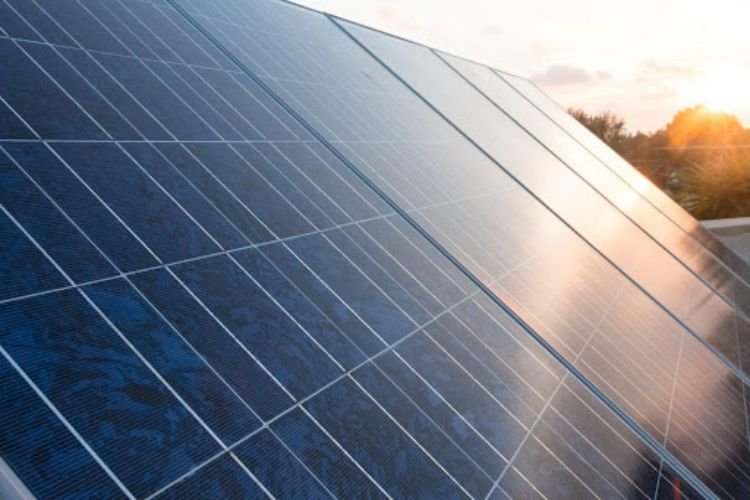 A 2020 report showed that renewable energy soared by 42% over a ten-year period. This makes the quickest growing energy solution across the whole U.S.
A 2020 report showed that renewable energy soared by 42% over a ten-year period. This makes the quickest growing energy solution across the whole U.S.
But when it comes to solar panels, there’s not just one option. Here, we’ll look at the monocrystalline solar panel vs polycrystalline and the main differences between the two. Then, you can decide which one will be best for you.
Read on to learn more about these two solar panels.
Monocrystalline Solar Panel vs Polycrystalline: How Are They Defined?
Perhaps you’re wondering: what is a monocrystalline solar panel?
Making monocrystalline panels involves using what gets called wafers. Wafers are created with a sole silicon crystal. This allows energy to freely move better than polycrystalline panels do.
Polycrystalline panels differ in that they use multiple silicon crystals, merged together to make their wafers. Having more crystals prevents energy from moving quite as freely with these types of panels.
What Are the Differences in Price?
The price difference is primarily down to the processes involved in adding the silicon.
With monocrystalline solar panels, the process is more complicated. Close attention to detail is required so that the silicon molds perfectly. This adds price to monocrystalline structures.
Making polycrystalline panels is much simpler. Silicon is melted and then added into squares. From there, it forms into molds.
Part Price Similarities
While the total cost of the finished product is more for monocrystalline, both panels are similarly priced when it comes to:
- Labor costs
- Solar inverter pricing
- Wiring
- Electrical components
Which One Looks Better?
Popular opinion says that monocrystalline panels look better. They’re black-colored and are slick, smooth, and shiny.
Polycrystalline structures are blue and while more brightly colored, they tend to score lower on the aesthetics scale.
Which of the Two Runs More Efficiently?
Monocrystalline is the more efficient running solar panel. The sole silicon crystal allows for a smoother flow of current.
With monocrystalline panels, you can expect energy efficiency to exceed 23%. Polycrystalline panels, on the other hand, struggle to reach even 20%.
Does a Monocrystalline or Polycrystalline Solar Panel Last Longer?
The truth is that both solar panels generally last as long as each other. There’s no difference! In fact, both are known for running consistently for a minimum of 25 years, regardless of whether single or multiple silicon crystals are used.
This should encourage you to keep it well maintained, no matter which one you choose. With the help of a top solar panel installation company, you can do just that.
Can Both Withstand Warm Temperatures?
The temperature coefficient of a solar panel refers to how well it can still function in hot temperatures. The lower the score, the better.
Monocrystalline panels tend to score nearer to zero than polycrystalline ones, making them more favorable in high heat.
Stay in Tune With More Daily News Here
Choosing Universe Solar panels becomes much easier once you understand the differences between those that are available. Use this as your guide to choosing a monocrystalline solar panel vs polycrystalline.
Want to find out more about what’s currently trending today? Check out some of our other blogs to keep up with the daily news!




